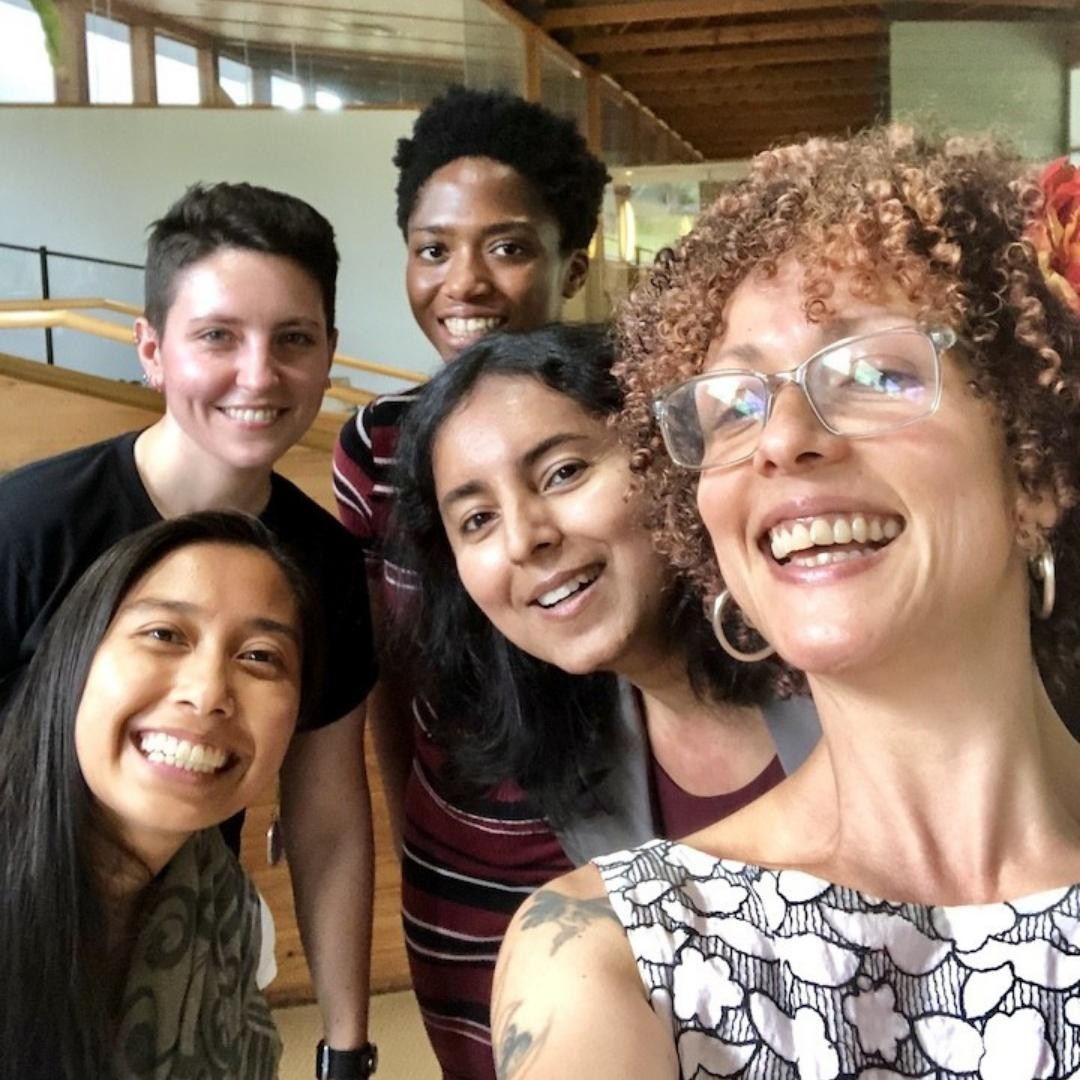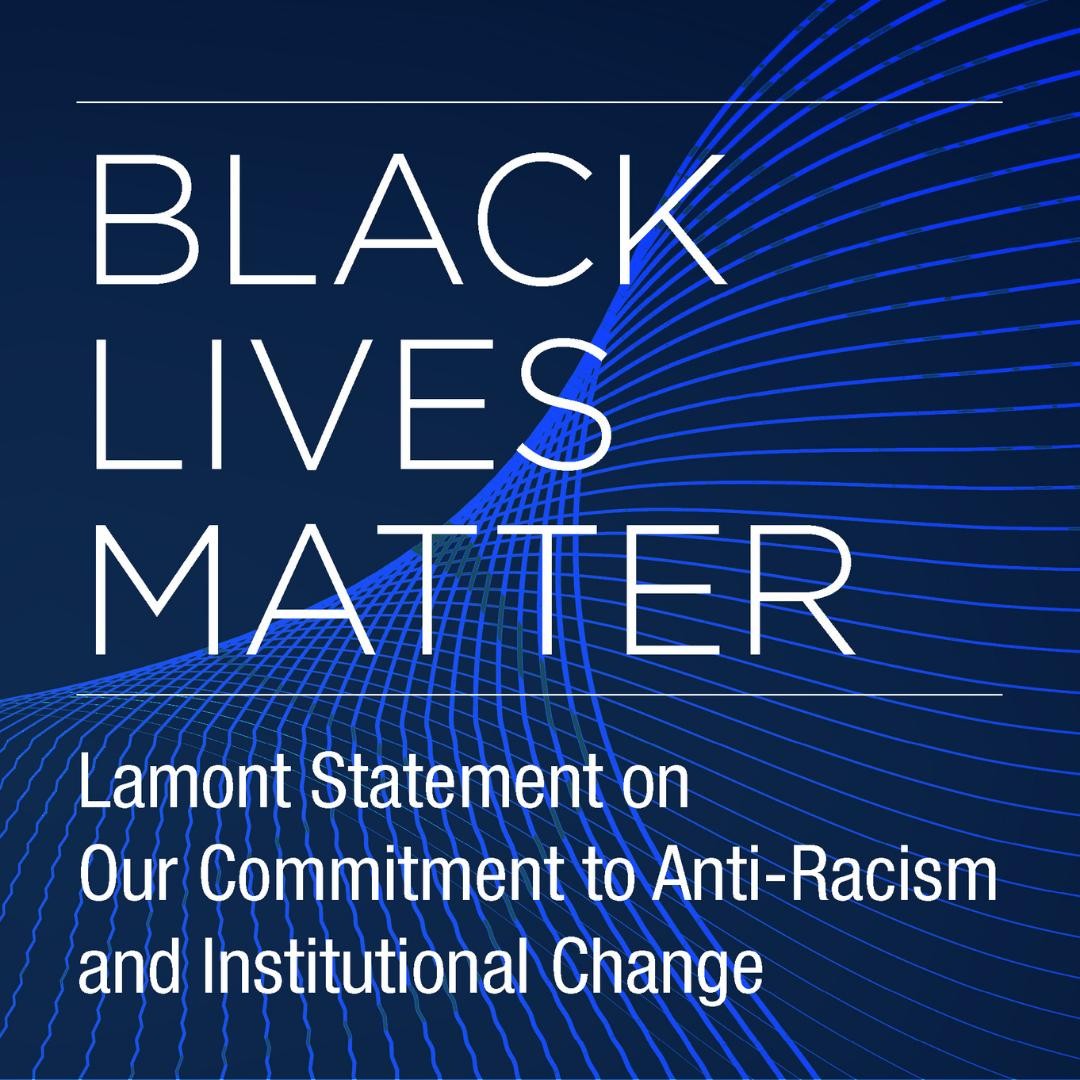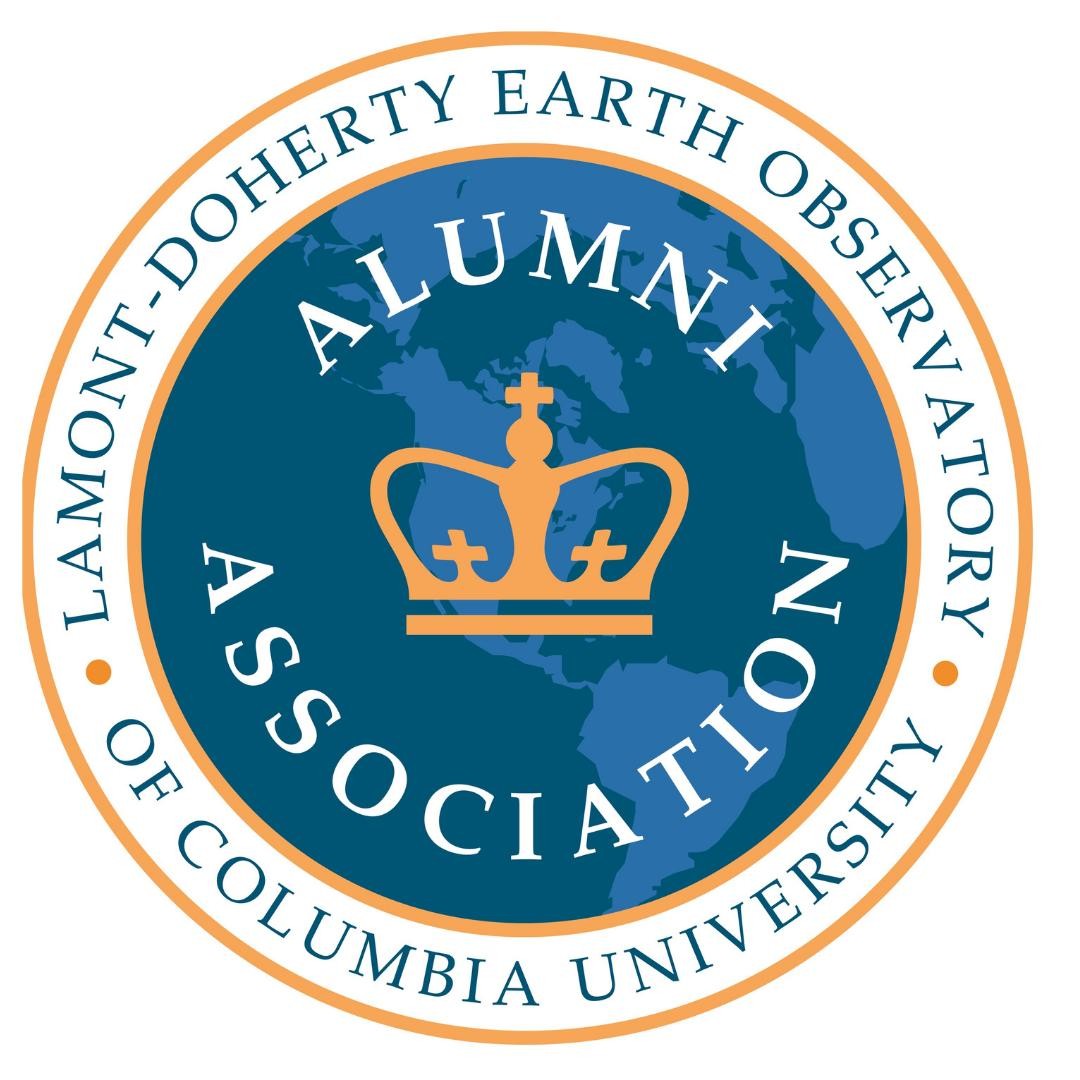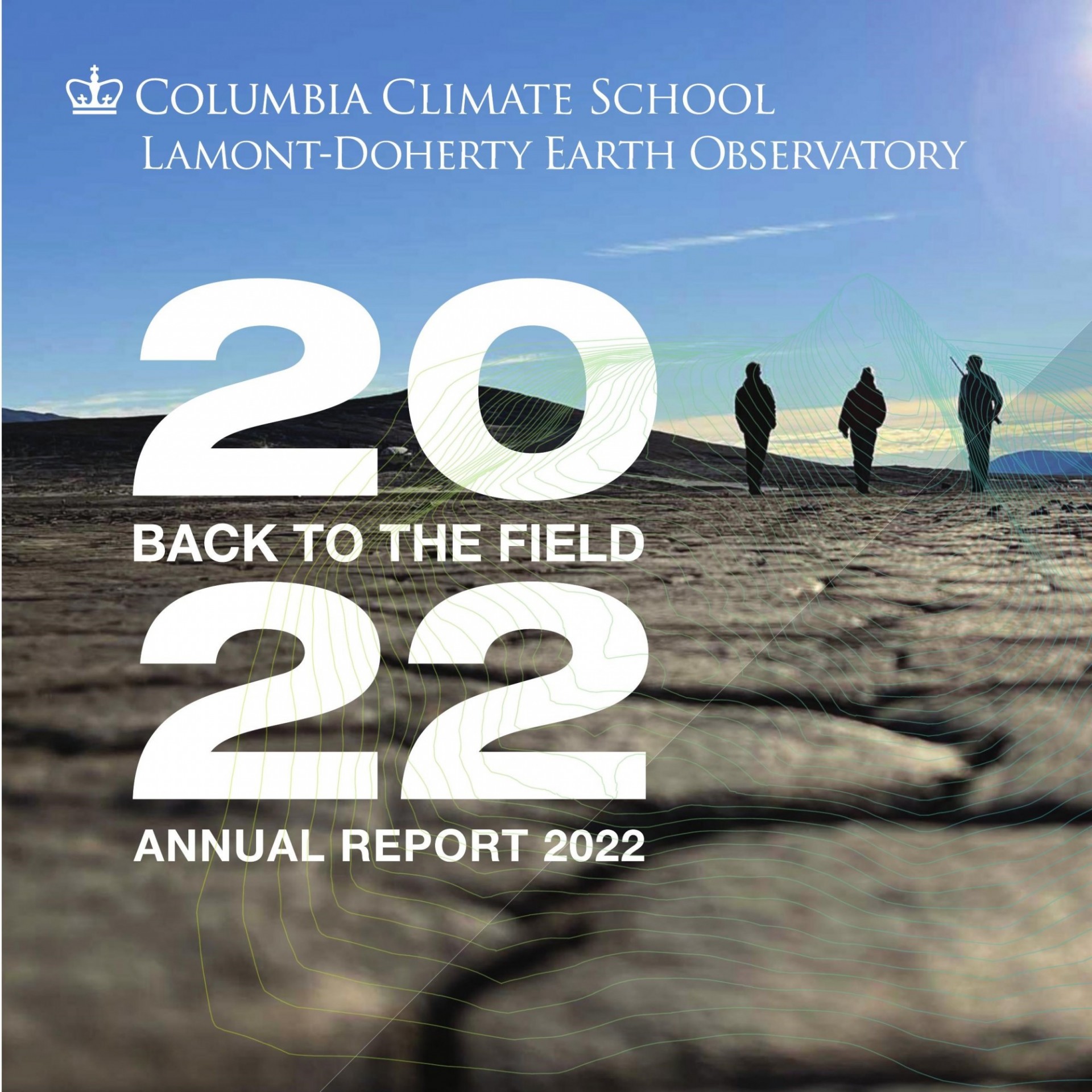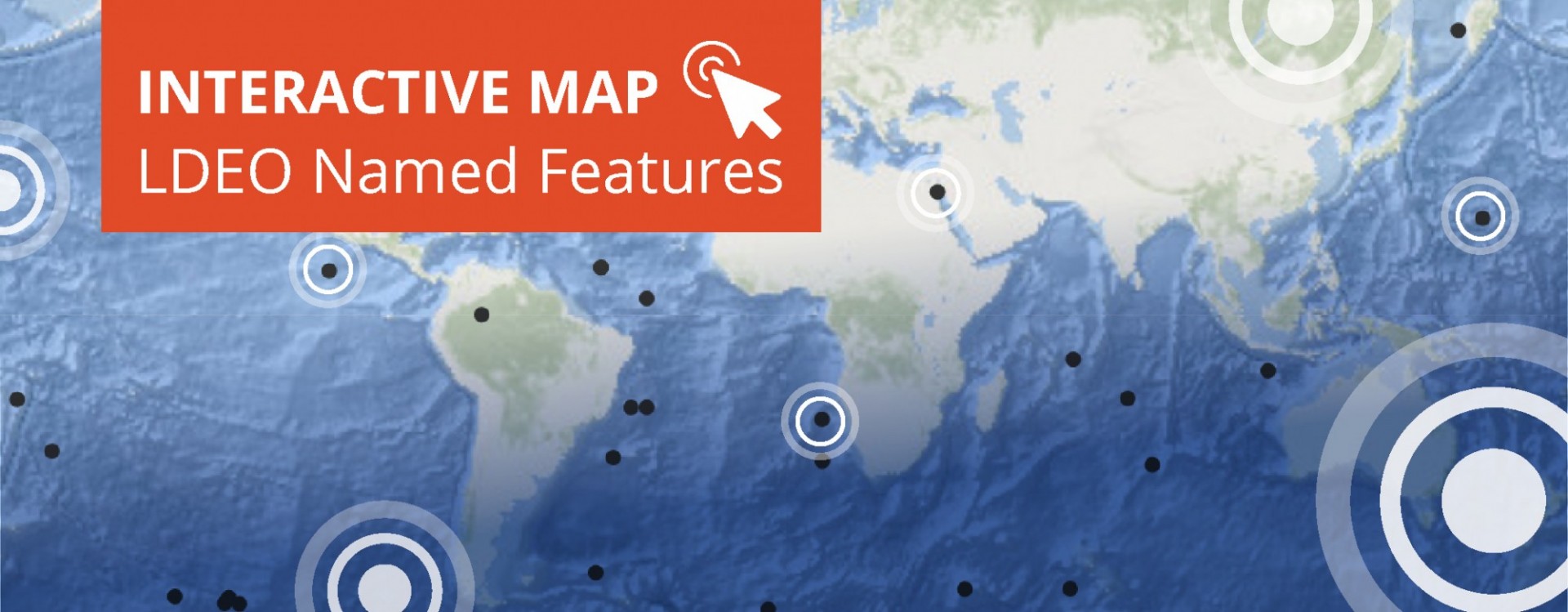Lamont-Doherty Earth Observatory seeks fundamental knowledge about the origin, evolution, and future of the natural world.
Our scientists study the planet from its deepest interior to the outer reaches of its atmosphere, on every continent and in every ocean, providing a rational basis for the difficult choices facing humanity.
Lamont is the scientific research heart of the Columbia Climate School, which was founded in 2020 to develop and inspire knowledge-based solutions and educate future leaders for just and prosperous societies on a healthy planet.
We are a dynamic community of 500 scientists, students, and staff, with nearly 300 PhD-level researchers, and 80-90 graduate students involved in research. Lamont also owns and operates a research ship, the Marcus G. Langseth, which uses seismic data to map the sub-seafloor, highlighting hidden faults and other earthquake hazards.
Since our founding in 1949, Lamont-Doherty has been a leader in the Earth sciences. Our scientists were the first to map the seafloor and develop a computer model that could predict an El Niño weather event, the first to provide concrete proof for the theory of plate tectonics, and to reveal the oceans’ role in triggering abrupt climate change.
With each year, our understanding of Earth improves. Yet new discoveries await us. It is that next insight on the horizon that keeps our researchers excited to learn more about how and why Earth changes as it does.
Our strategic plan deepens our commitment to diversity, equity, and inclusion, and outlines our way forward in a world with growing and urgent needs for science-informed solutions to the climate crisis.
Since our founding in 1949, Lamont-Doherty has been a leader in the Earth sciences, with many scientific firsts. Learn more about our history.
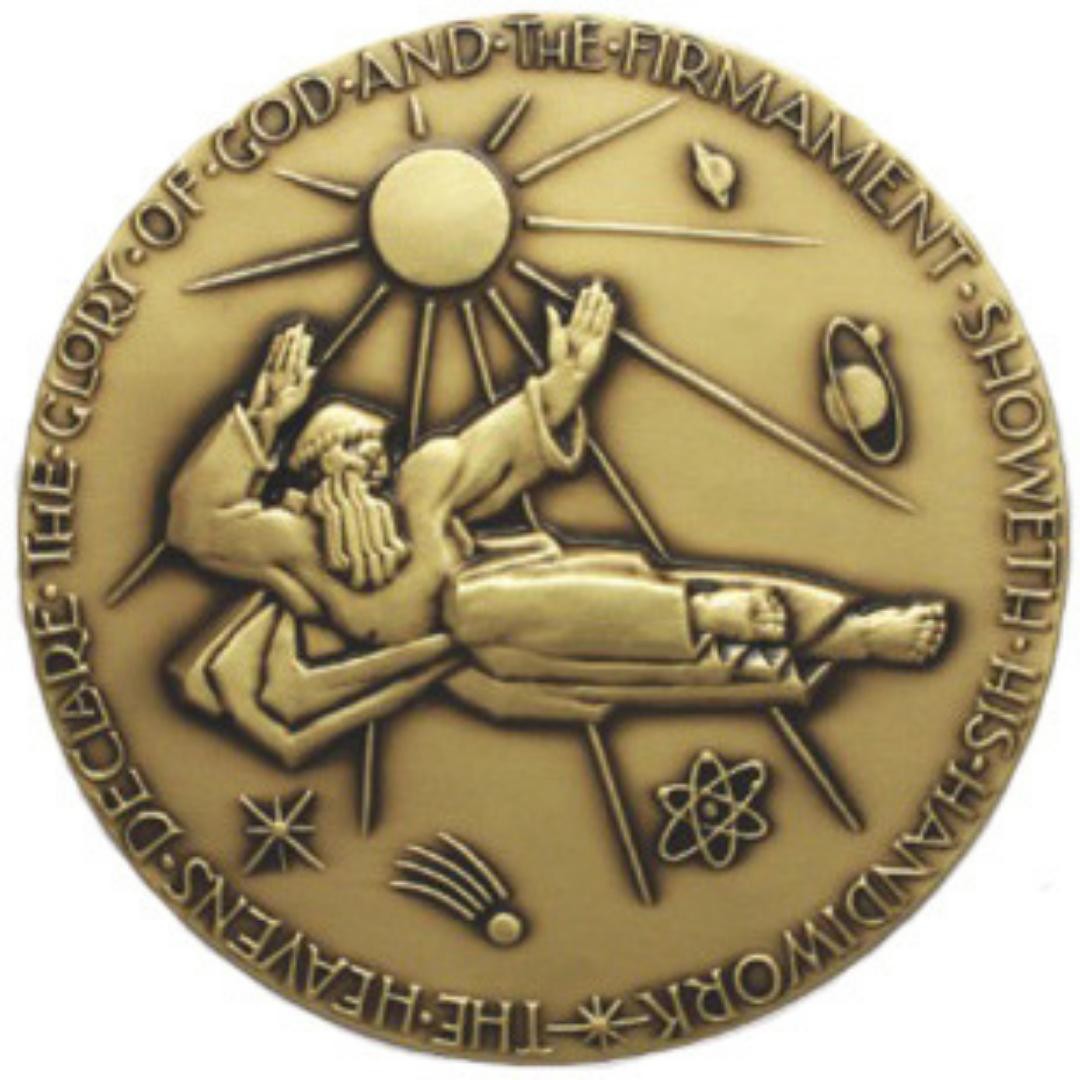
In addition to administering The Vetlesen Prize—the Nobel Prize of the Earth sciences—and recognizing Lamonters with our own awards, we are immensely proud of the recognition our researchers receive through an array of prestigious external awards.
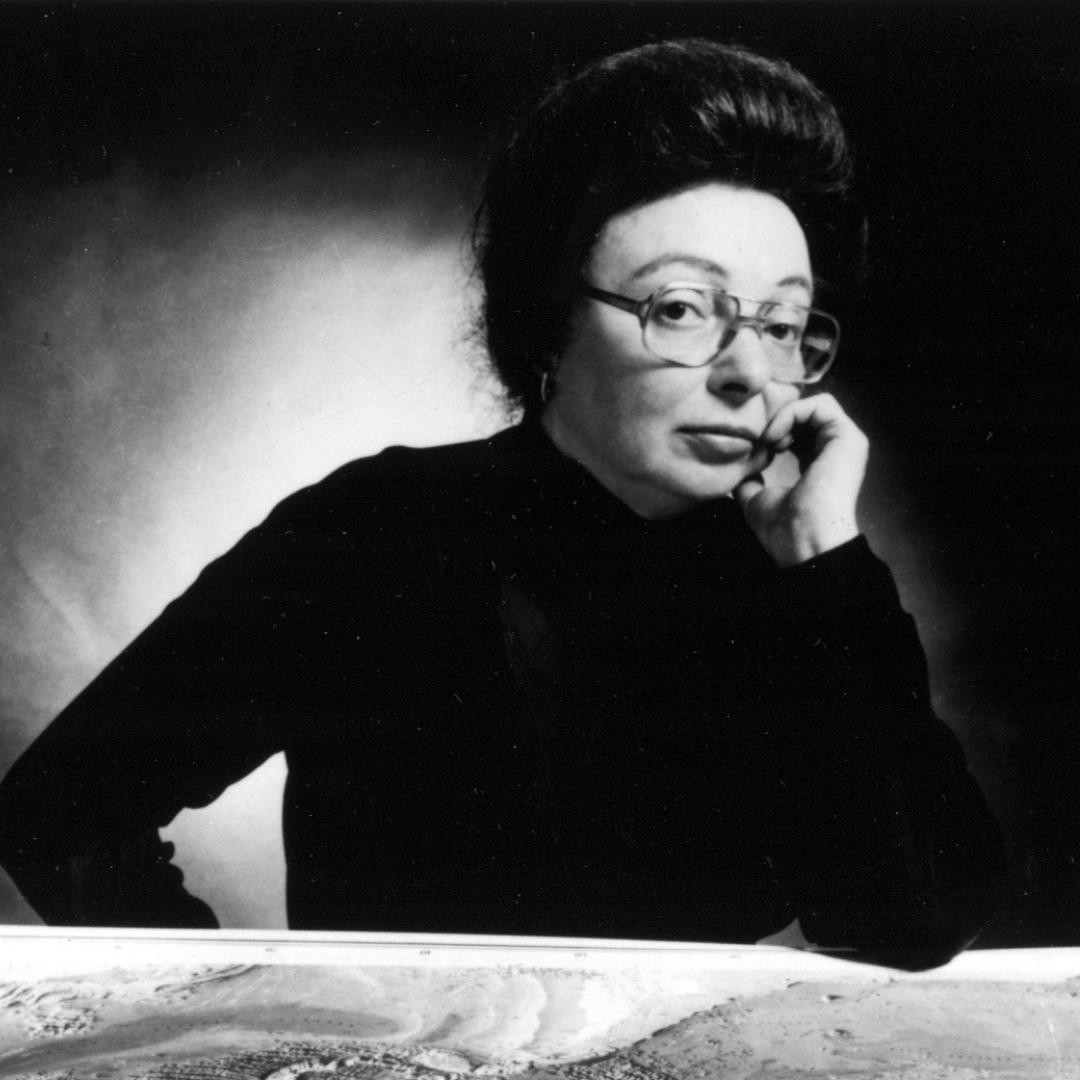
From luminaries like Marie Tharp, Wally Broecker, and Walter Pitman to signature events like Earth Day, Open House, and Plate Tectonics Symposium, we celebrate our pioneers and showcase our science.
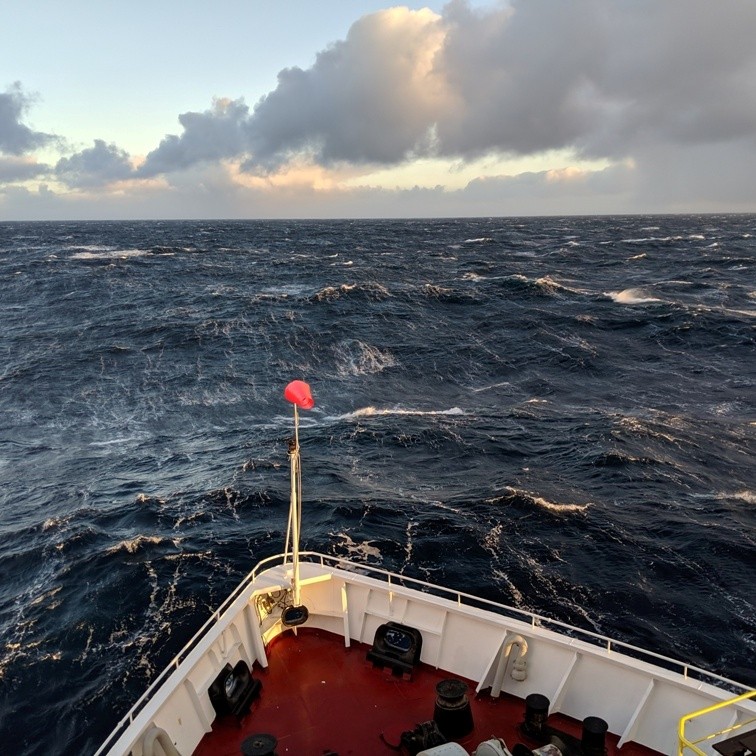
Get the latest news and updates about Lamont science in our monthly newsletter. Subscribe to receive in your inbox.




